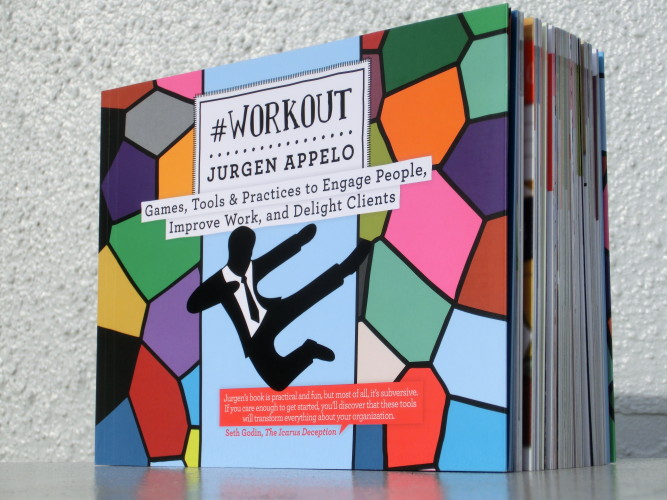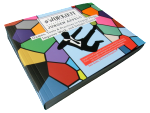The Republic is not what it once was. The Senate is full of greedy, squabbling…

How to Design a Book Cover… 5 Rules
One of the hardest parts of the book writing process is the design of the cover. Some experts claim the book cover is the most important aspect of the book.
If the cover doesn’t appeal to your audience, neither a great description nor fantastic content are going to help you sell the book, because most of your audience won’t be taking notice. This leads to my first rule for book cover design: don’t do the design yourself. There are many people in the world with decent design skills. Find them. (For my new book, I found Linda Hirzmann. She’s great.)
Two seemingly contradictory pieces of advice need to be taken very seriously when you ask a designer to make a book cover for you. One is that your book cover must fit the genre. That’s my second rule. When you write a business book for CEOs of large corporations, you should check what the book covers look like of the other books in that category. When none of them feature half-naked men and women in an intimate and sensual embrace, your book cover probably shouldn’t have them either. When you write in a genre where all book covers are like that, you better start looking for some good-looking models. For exactly this reason, my #Workout book features a dude in a business suit. It’s what many readers expect from a business book.
On the other hand, the next piece of advice, that seems to contradict what I’ve just said, is that your book cover should be remarkable. That’s my third rule. Somehow, it should stand out from the crowd. Being different means getting noticed. But this is a tricky thing, because the more you step away from the norm, the fewer people will take your book seriously! With my #Workout book, I deviate from standard management book covers significantly, because my (paperback) book has a landscape format, is very colorful, and has the business dude depicted in a martial arts pose. I took a bit of risk with the design there, but I considered it purposefully, because part of the book is about doing things your own way, and not being a standard manager.
Marketing expert Seth Godin said that your product should be like a purple cow. When all the other cows are black and white, yours will obviously stand out when its purple. However, among all the other cows, it should still be a cow, not a raccoon, when people are looking for a cow.
Last but not least, rule number four: when you have a design that you like, you should test the cover of your book. I tested multiple cover designs with online tools, which helped me to get feedback from potential readers. I also had people on my mailing list comment on the designs, and I tested if a miniature version of the cover would still be readable when shown on Amazon. It was challenging, and annoying, because we ended up doing quite a few iterations. But I’m quite happy with the result.
Is it OK if I add one more rule? I’m sure it is! OK, here’s the fifth rule to wrap it all up: get someone to endorse the book. Yes, it is silly, but names sell numbers. Make sure you have a book blurb from a respected source, a foreword by a celebrity, or a rating by a well-known website or magazine. This is just to satisfy the way your readers’ brains work. They feel insecure about purchasing your book, and a blurb, foreword or rating can sometimes be that final push to get them to click the Buy button. Check out the blurb on my book cover. Does it work for you?
Those are my five rules for book covers. What are yours?
photo credit: (c) 2011 Rebecca W, Creative Commons 2.0
Other articles in this series:
- 13 Business Models for Book Authors
- How to Pick a Book Title (in 7 Steps)
- How to Define Your Target Audience... with Questions
- How to Write a Book: Structured or Emergent
- How to Design a Book Cover... 5 Rules
- How to Design a Book… Make It an Experience
- How to Create a Book’s Front and Back Matter
- How to Write a Book… with Feedback and Options
My new book Managing for Happiness is available from June 2016.






